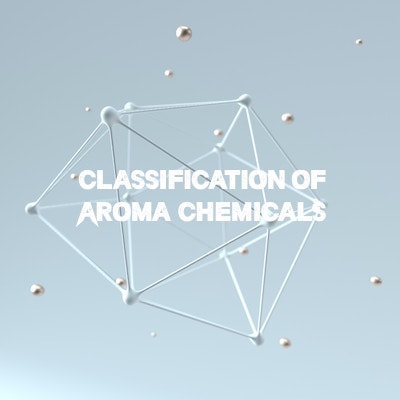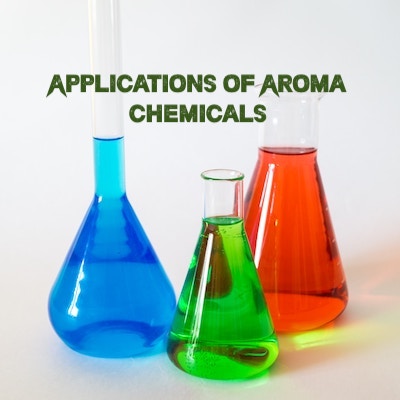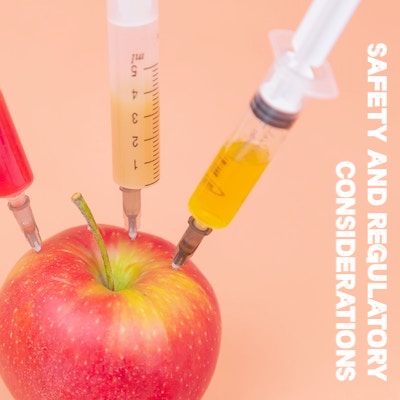Aroma chemicals play a fundamental role in the creation of fragrances, flavors, and other scented products. These synthetic compounds are designed to mimic or enhance natural aromas, providing a wide range of olfactory experiences. This study material aims to provide an overview of aroma chemicals, including their classification, synthesis methods, sensory properties, and applications in various industries. By understanding the science behind aroma chemicals, you will gain insights into their importance in creating captivating scents and flavors.
- Introduction to Aroma Chemicals:
- Definition and significance of aroma chemicals
- The relationship between aroma chemicals and natural aromatic compounds
- Key factors influencing the perception of scent and odor
- Classification of Aroma Chemicals:
- Aroma chemical families: aldehydes, ketones, esters, terpenes, etc.
- Overview of the chemical structures and functional groups found in aroma chemicals
- Examples of commonly used aroma chemicals in different fragrance and flavor profiles
- Synthesis Methods:
- Chemical synthesis: overview of common reactions and processes
- Biotechnology approaches: fermentation and enzymatic synthesis
- Green chemistry considerations in aroma chemical synthesis
- Sensory Evaluation and Perception:
- Understanding the human olfactory system
- Sensory analysis techniques for evaluating aroma chemicals
- Sensory descriptors and aroma profiling of different aroma chemical families
- Applications of Aroma Chemicals:
- Perfumery: aroma chemicals in fragrance creation and formulation
- Flavoring: aroma chemicals as flavor additives and enhancers
- Household products: applications in air fresheners, cleaning agents, and personal care items
- Food and beverages: aroma chemicals in the creation of unique flavors
- Safety and Regulatory Considerations:
- Safety evaluation and testing of aroma chemicals
- Regulatory frameworks governing the use of aroma chemicals
- Consumer awareness and labeling requirements for scented products
- Aroma chemicals find applications in several industries, including perfumery, flavoring, household products, and food and beverages. They are used to create unique scents, enhance flavors, and add olfactory appeal to a wide range of products.
Market Players: The aroma chemicals industry includes various global and regional players. Some prominent market players in the aroma chemicals industry include:
- Givaudan
- Firmenich
- International Flavors & Fragrances (IFF)
- Symrise
- Takasago
- Sensient Technologies
- Robertet
- Mane
- Bell Flavors & Fragrances
- Vigon International
Market Value: The global aroma chemicals market has experienced steady growth over the years. The market value of aroma chemicals is influenced by factors such as increasing consumer demand for scented products, advancements in fragrance and flavor technologies, and expanding applications in the food and beverage industry. However, specific market values can vary depending on the region and product segment.
Country Production: Aroma chemicals are produced in several countries around the world. The production of aroma chemicals is influenced by factors such as access to raw materials, infrastructure, technological capabilities, and market demand. Some major producers of aroma chemicals include:- United States
- France
- Germany
- India
- China
- Japan
- United Kingdom
- Switzerland
- Brazil
- Spain







